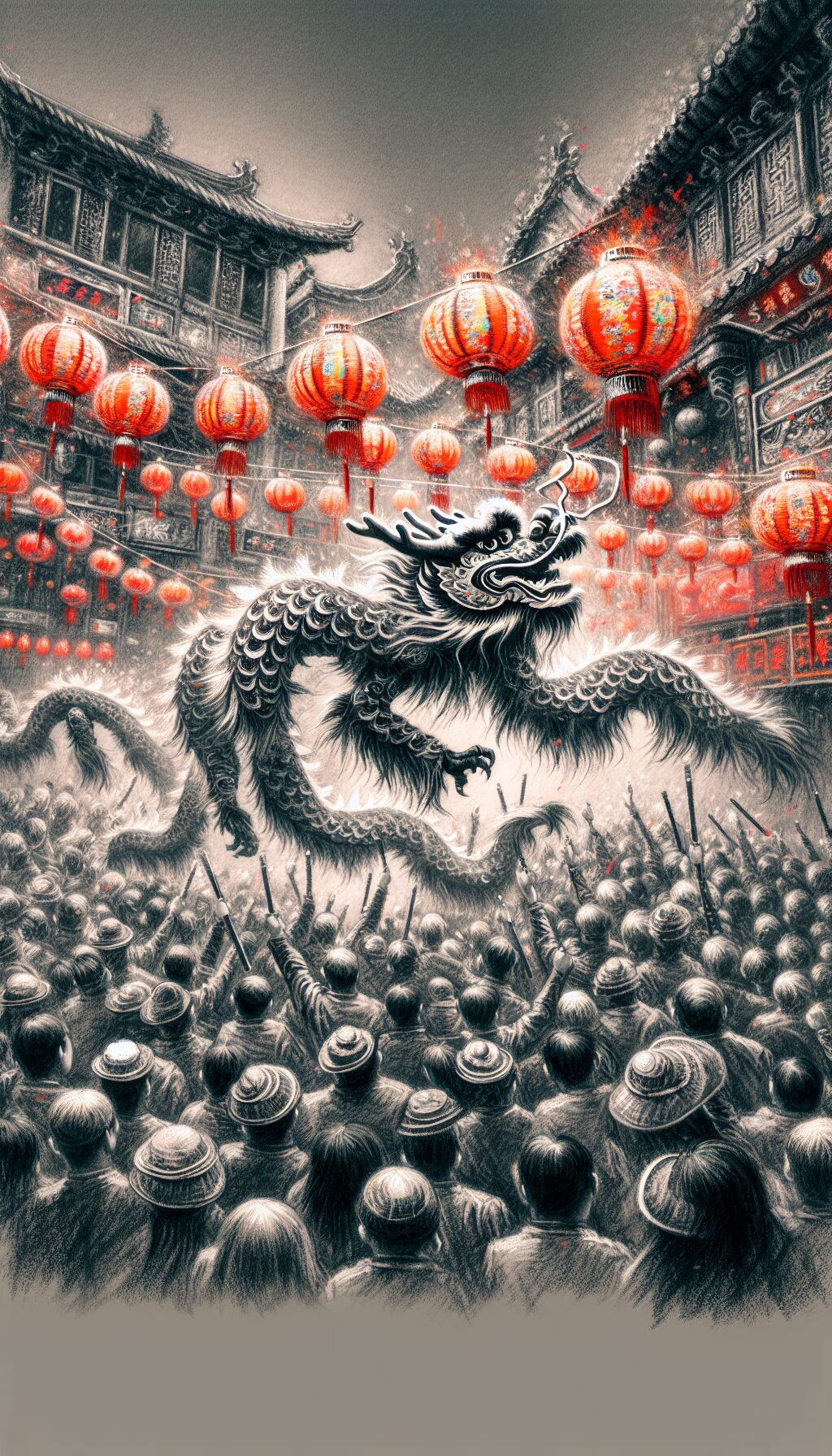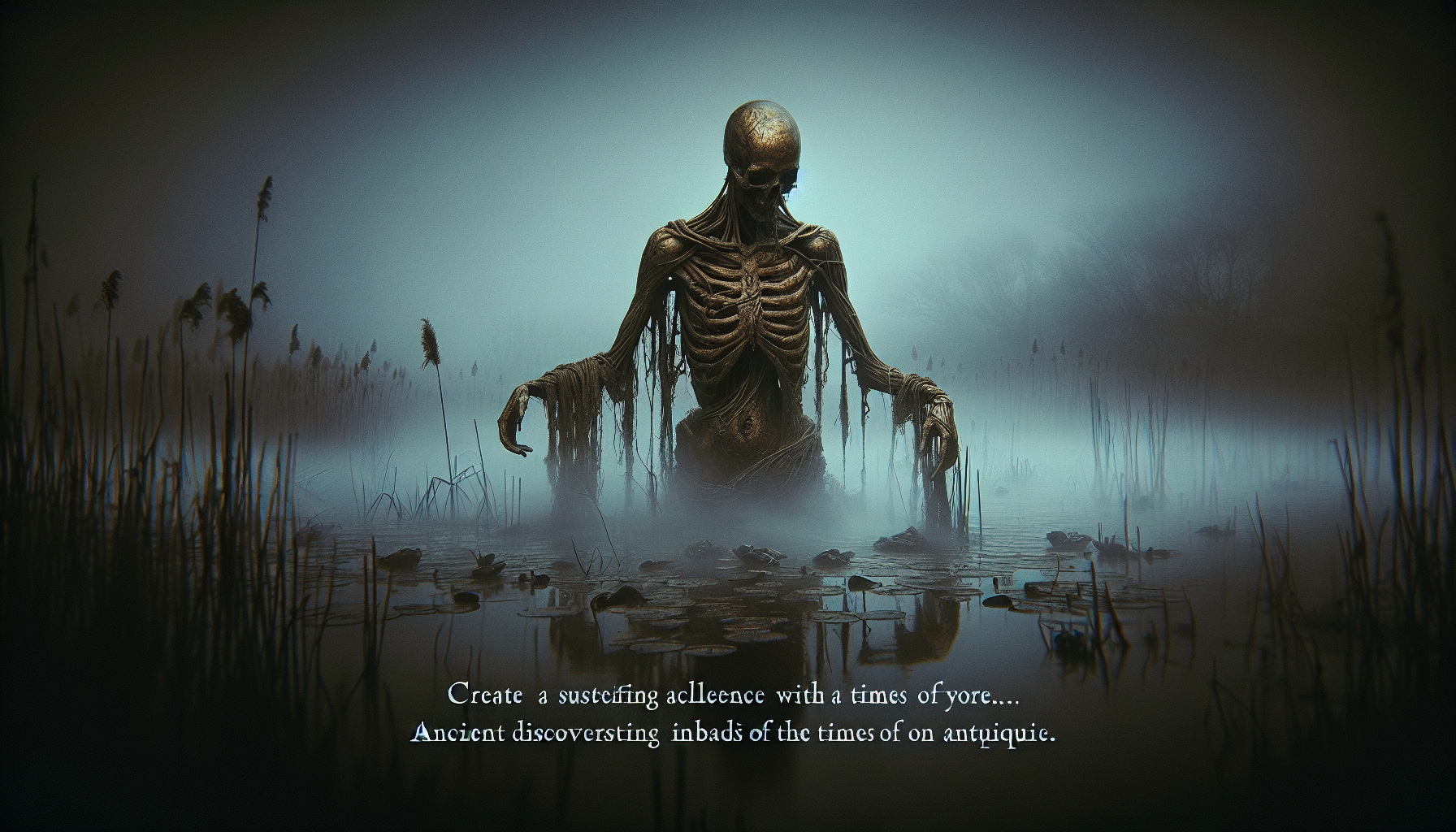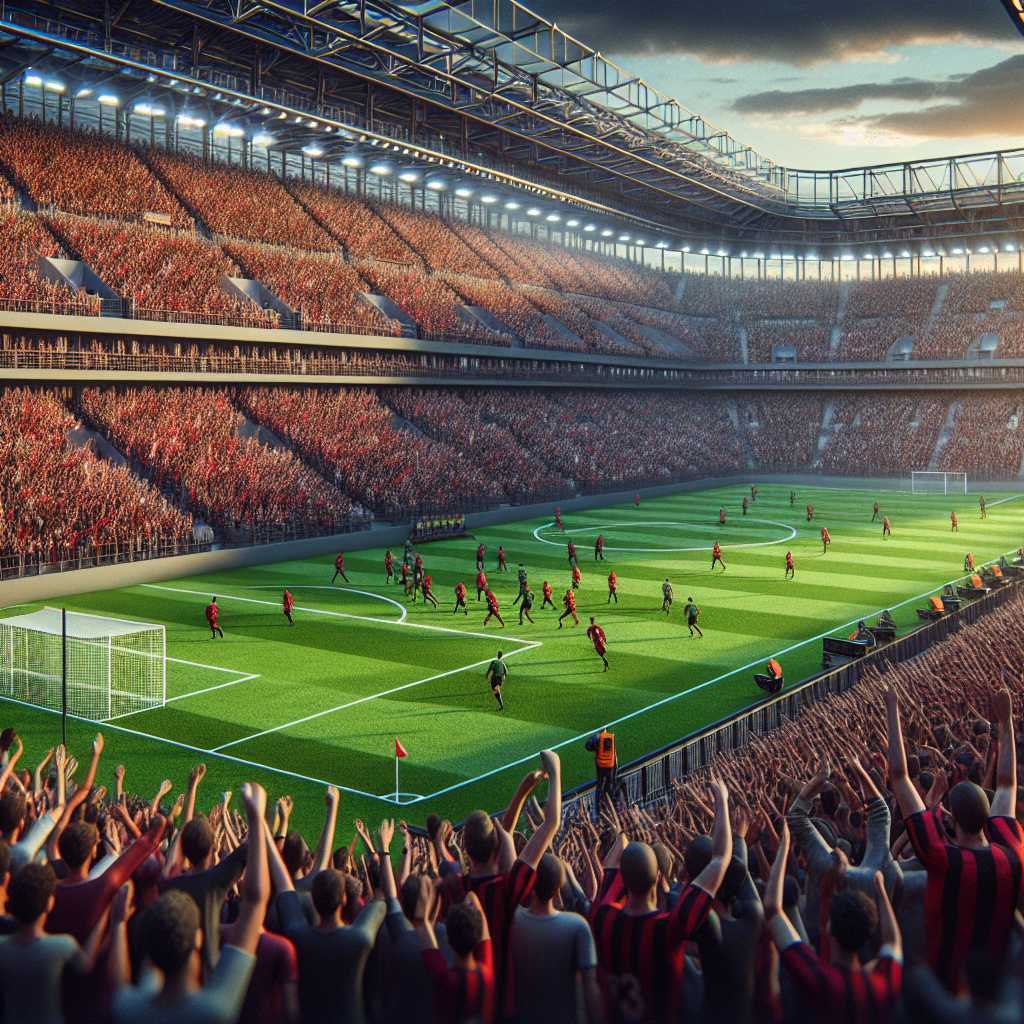A Glorious History: The Origins of Chinese Dragons
Chinese dragons have a rich and illustrious history that dates back thousands of years. They are deeply embedded in Chinese folklore and culture, often seen as symbols of power, dignity, and auspiciousness. Unlike their Western counterparts, who are frequently portrayed as fierce and destructive, Chinese dragons embody benevolence and wisdom. This duality stems from their association with waterrivers, lakes, and rainwhich is essential for agriculture and prosperity in ancient China. The word for dragon in Chinese is ‘long,’ which conveys not just the creature itself but an entire encompassing lineage that has evolved over time.
Historically, the earliest depictions of dragons can be traced back to the Neolithic period (approximately 10,000 2,000 BCE), where they appeared on pottery and jade carvings. As time progressed, they became prominent in ancient Chinese art and architecture, epitomizing imperial authority and serving as guardians of the realm. Emperors adopted the dragon as a symbol of their legitimacy; it was customary for them to don dragon robes embroidered with intricate designs to signify their divine right to rule.
Cultural Significance: Dragons in Festivals and Traditions
Dragons occupy a pivotal place in various Chinese festivals, most notably the Lunar New Year celebrations. The dragon dance is one of the key elements during these festivitiesan elaborate performance where a team carries a long, colorful dragon made of fabric on poles. This captivating spectacle not only brings people together but also symbolizes good fortune and prosperity for the year ahead. Participants often engage in rhythmic drumming to accompany the dragon’s movements, creating an atmosphere of joy that embodies the spirit of community.
Beyond festivals, dragons feature prominently in traditional Chinese art forms such as calligraphy, painting, and sculpture. The dragon is frequently entwined with clouds or waves, expressing its control over weatheran essential aspect of agricultural societies. Additionally, it is common to see dragons adorning temples, guarding sacred sites while signifying spiritual protection and good luck.
Modern Interpretations: Dragons Today
In contemporary culture, dragons continue to inspire a range of artistic expressions including films, literature, and fashion. Popular media references have emerged globally reflecting Asian cultures; characters inspired by Chinese dragons can be seen across blockbuster movies and animated series. This global fascination has led to a blend of traditional motifs with modern aesthetics, showcasing dragons not only as mythical creatures but also as emblems of strength and resilience.
Moreover, the concept of ‘dragon energy’a blend of power and creativityhas seeped into motivational speeches and self-help literature worldwide. This adaptation signifies how ancient symbols can evolve while remaining relevant in an increasingly interconnected world, representing a fusion of heritage with contemporary ideals.
Challenges: Misunderstandings and Representations
Despite their positive connotations within Chinese culture, dragons often face misunderstandings outside their cultural context. In Western narratives, where dragons are typically depicted as fire-breathing adversaries to be vanquished by brave knights or heroes, this creates a disconnect for those who appreciate the nuanced representation of dragons in China. Its imperative to acknowledge these contrasting perspectives while fostering intercultural understanding.
Additionally, modern interpretations can sometimes dilute traditional meanings or reduce dragons to mere fantasy tropes without acknowledging their deep-rooted historical significance. Balancing appreciation with respect for cultural origins remains crucial to celebrating this mythical creature without trivializing its heritage.
Future Outlook: Dragons in Global Culture
Looking forward, the role of Chinese dragons is poised to expand even further into global consciousness as interest in diverse cultures grows. With China’s increasing prominence on the world stage economically and politically comes greater exposure to its rich traditionsincluding the magnificent stories surrounding its legendary dragons.
There is an opportunity for education systems worldwide to incorporate more comprehensive curricula that include global folklore and mythology. This could foster a deeper appreciation for symbols like the Chinese dragon while encouraging connections among various cultural narratives. By recognizing these connections we can celebrate our shared human experience through storytellingone majestic dragon at a time.
Notes
- Approximately 1 million people participate in dragon dances during Lunar New Year festivities each year.
- The word ‘long’ () refers specifically to dragons in Chinese mythology.
- Dragons appear in over 2,000 years of documented history across various forms of art.
- Estimates suggest that there are around 100 distinct types of Chinese dragons in mythology.
- ‘Dragon energy’ has become a popular term used globally in motivational contexts.
- The Chinese Dragon Dance originated over 2,000 years ago during the Han Dynasty.
- According to surveys, about 60% of international respondents viewed dragons as symbols primarily associated with danger or aggression.

























